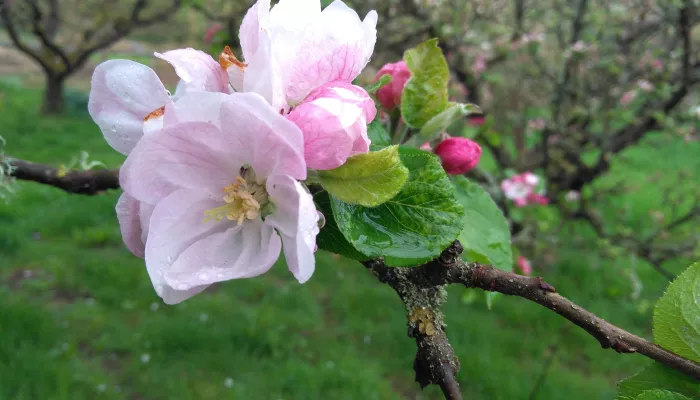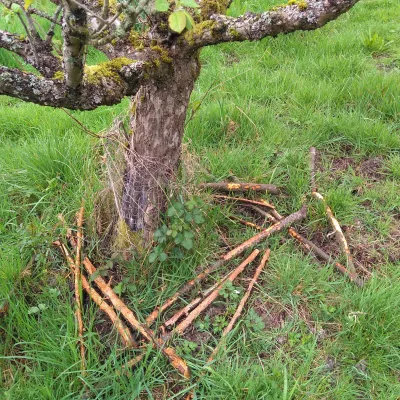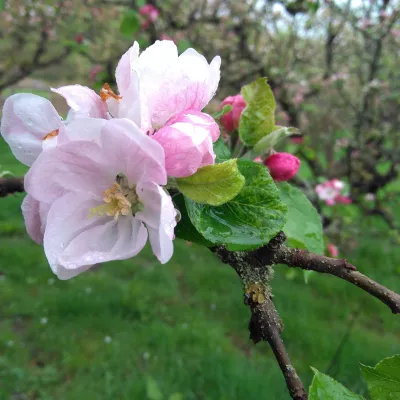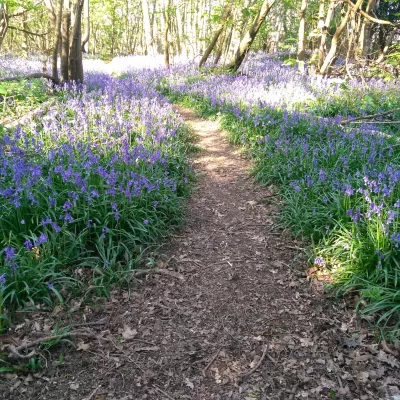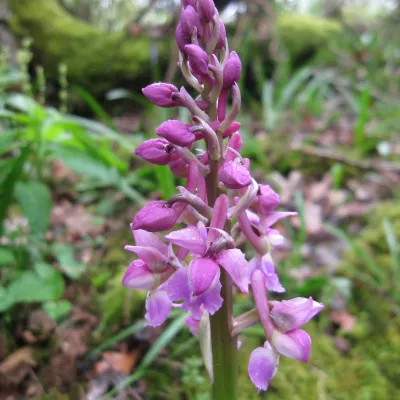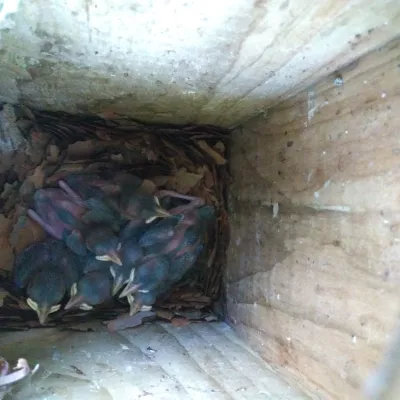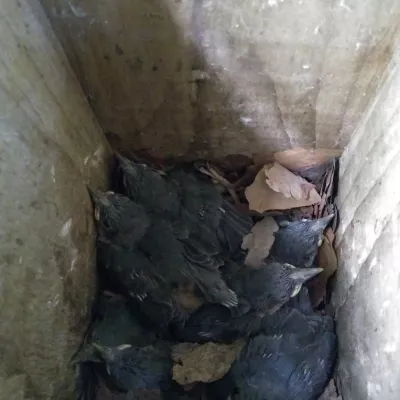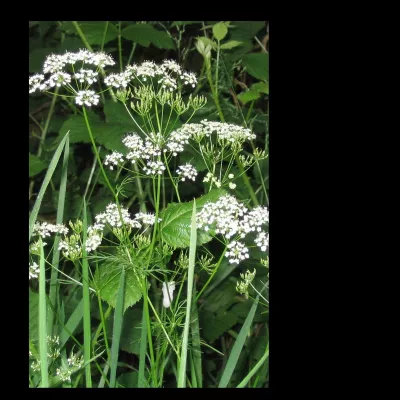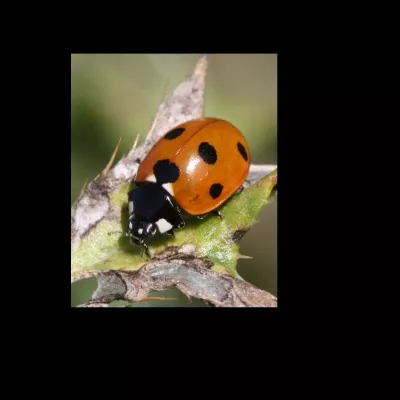As the path opens out at the woodland edge we notice, within the fading bluebells, some fine feathery leaves, some topped with new clusters of tiny white flowers, and identify it as Pignut. It is a member of the carrot family, and the roots carry little brown tubers. These are edible and once widely gathered by country folk. However, if you are in the mood for foraging, remember this family of plants contain some of the most poisonous in the country.
Badgers and wild boar are known to forage for them. However, these seem undisturbed, and we prefer to leave them that way.
We see our first seven-spot ladybird of the year, exploring the stems for aphids. Clearly 3 spots on the side of each wing, and one joined at the top, making 7.


